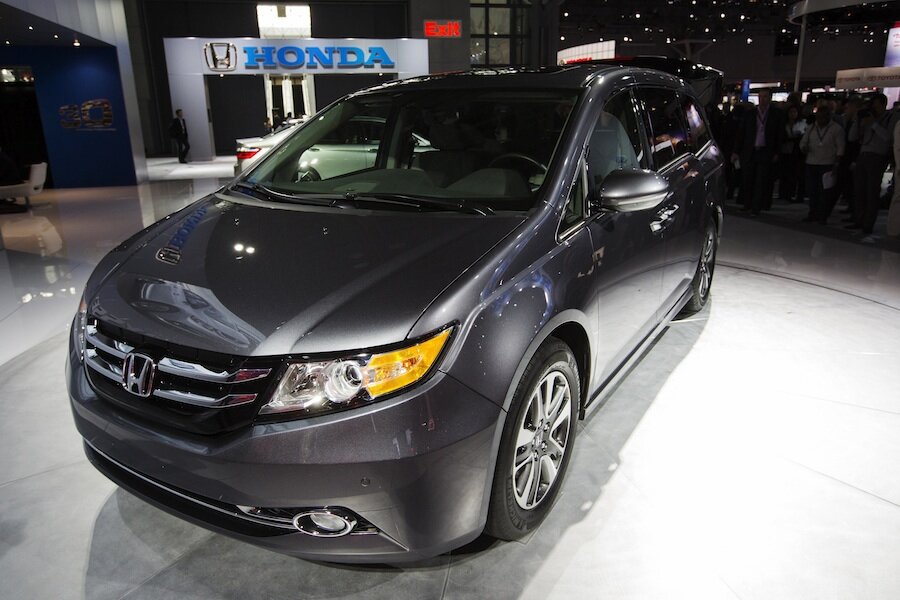The 10 most (and least) deadly cars in America
Loading...
Every year, it seems like we report that traffic fatalities in America have reached another record low. Now, the Insurance Institute for Highway Safety has offered up more good news: your chance of dying behind the wheel of a late-model vehicle fell more than 40 percent in just three years.
Why? The IIHS identifies a number of changes that have improved the way that our cars protect us and altered the way that we operate our vehicles, including:
- The requirement that all vehicles sold in the U.S. come with electronic stability control, which has dramatically reduced rollovers during collisions (especially among SUVs).
- Stronger, safer vehicle structures
- Increased availability of side airbags
- Increased use of seat belts
In fact, IIHS used data gathered over the past 30 years to calculate the number of vehicle deaths that would've occurred in 2012 if safety improvements hadn't been instituted, leaving cars the same as they were in the mid-1980s. According to IIHS analysis, America would've seen about 7,700 more deaths that year than were actually recorded.
Even more exciting is the fact that the pace of improvement is ramping up. The IIHS says that "Among 2011 models, there were 28 driver deaths per million registered vehicle years* through the 2012 calendar year, down from 48 for 2008 models through 2009." That's a drop of nearly 42 percent.
However, the picture isn't entirely rosy. The IIHS believes that part of the reason for the current low fatality rate stems from the Great Recession, which put many Americans out of work. As the economy continues to improve, putting more drivers back on the road, analysts worry that rates could climb.
BEST & WORST PERFORMING VEHICLES
As part of its study, IIHS also looked closely at the makes and models involved in fatal accidents. (Note: as with some other studies, this one only looks at deaths of drivers, ignoring the fate of passengers.) A surprising nine vehicles from the 2011 model year saw no driver deaths at all. Perhaps less surprising is the fact that all nine of those models were large and midsize cars and SUVs.
LEAST FATALITIES
Vehicle / Number of deaths per million registered vehicle years
Audi A4 4WD / 0
Honda Odyssey / 0
Kia Sorento 2WD / 0
Lexus RX 350 4WD / 0
Mercedes-Benz GL-Class 4WD / 0
Subaru Legacy 4WD / 0
Toyota Highlander hybrid 4WD / 0
Toyota Sequoia 4WD / 0
Volvo XC90 4WD / 0
Honda Pilot 4WD / 2
At the other end of the scale -- the one with the highest fatality rates -- the IIHS found mostly small cars, though at least one large car and a pickup also saw an unusually high number of driver deaths.
MOST FATALITIES
Vehicle / Number of deaths per million registered vehicle years
Kia Rio / 149
Nissan Versa / 130
Hyundai Accent / 120
Chevrolet Aveo / 99
Hyundai Accent / 86
Chevrolet Camaro / 80
Chevrolet Silverado 1500 Crew 4WD / 79
Honda Civic / 76
Nissan Versa hatchback / 71
Ford Focus / 70
Want to see how your car measures up on the safety scale? Visit IIHS.org.
* In IIHS lingo, "A registered vehicle year is one vehicle registered for one year".







